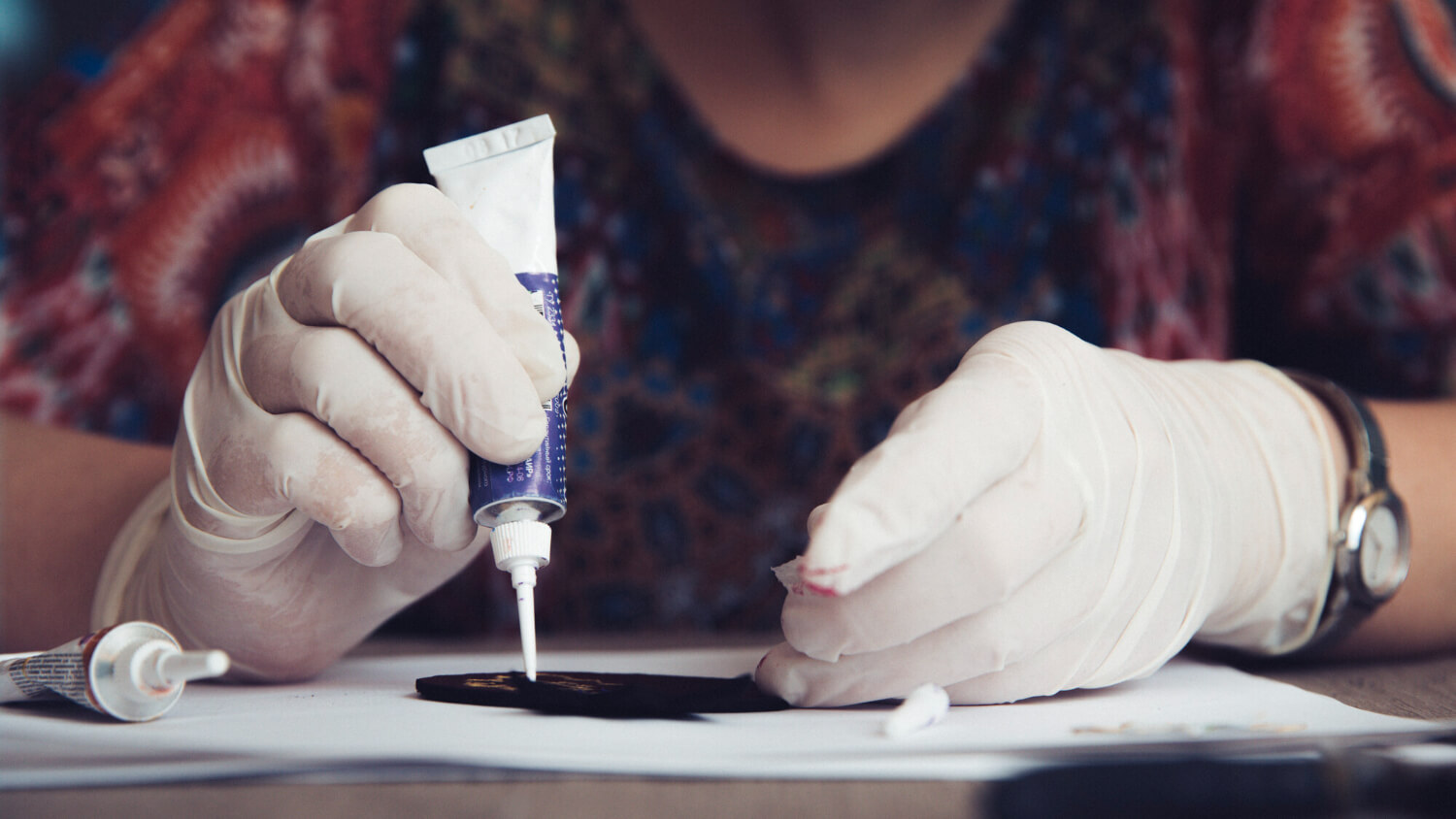


Get to know us better! Download our company profile to explore our expertise, services, and success stories. Stay informed about how we can add value to your business.

Penetrant Testing (PT), also known as Liquid Penetrant Inspection (LPI) or Dye Penetrant Inspection (DPI), is a non-destructive testing method used to detect surface-breaking defects in non-porous materials.
It involves surface preparation of the material being inspected by cleaning to remove any contaminants that could interfere with the inspection process. This is followed by application of a Penetrant, a colored liquid penetrant, typically a fluorescent or visible dye. The penetrant is allowed to dwell on the surface for a specified period, allowing it to seep into any surface defects.
Any excess Penetrant is carefully removed after the dwell time, from the surface of the material using a solvent or emulsifier. Finally, a White Developer, usually a dry, powdered substance, is applied to the surface. The developer draws the penetrant out of any defects, causing them to bleed out and become visible against the contrasting background.
The surface is inspected under appropriate lighting conditions, such as ultraviolet (UV) light for fluorescent penetrants or visible light for visible penetrants. Defects will appear as brightly colored indications against the white developer background.
Penetrant Testing is widely used in industries such as aerospace, automotive, manufacturing, and welding to detect surface cracks, porosity, leaks, and other discontinuities in materials such as metals, plastics, ceramics, and composites. It is a versatile and relatively simple inspection method, suitable for both field and laboratory applications, and can detect defects that may not be visible to the naked eye. While MT can only be applied to ferromagnetic materials, PT can be used on any non-porous or coated material.